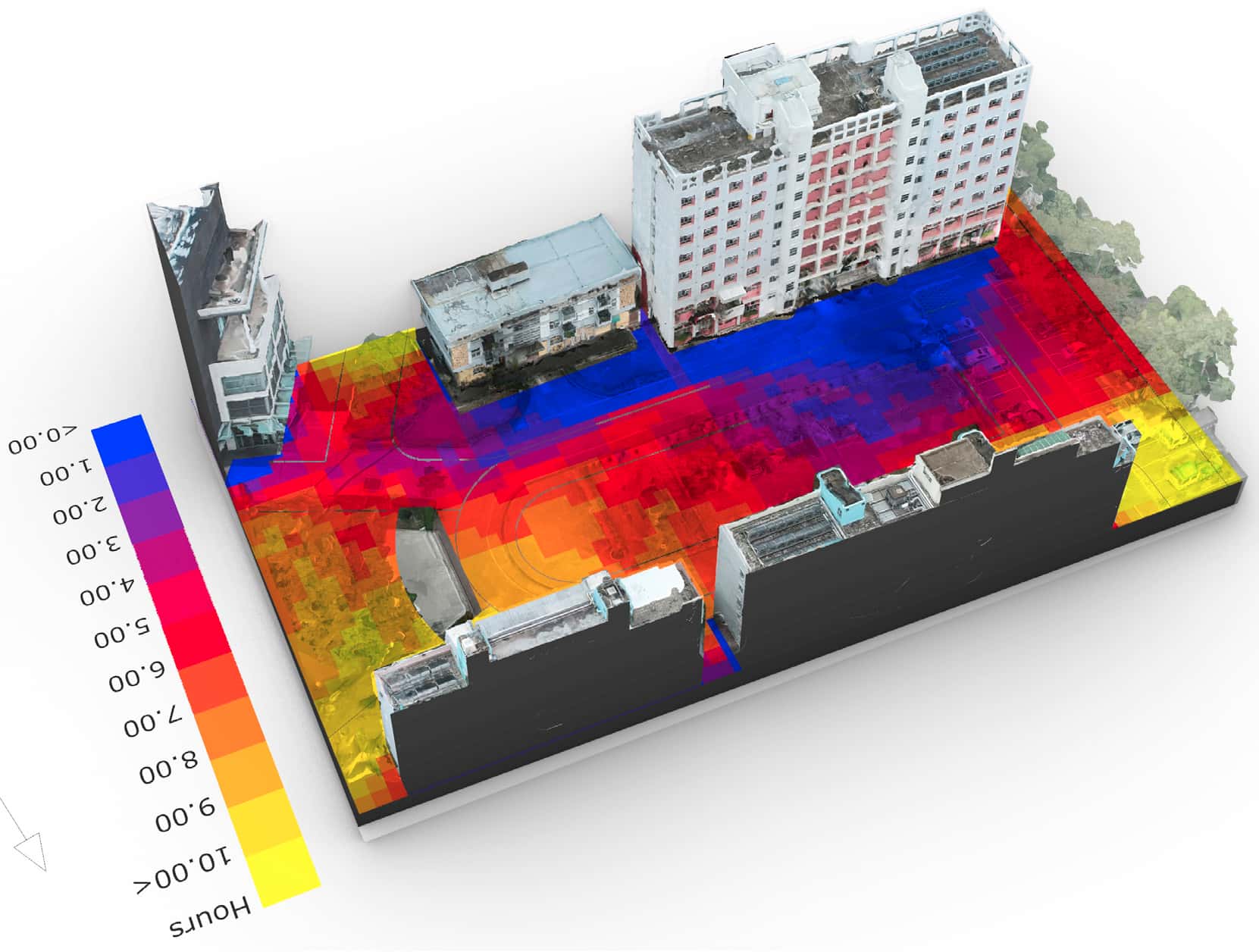Conceptual and Methodological Interpretations of Negroponte’s ‘Architecture Machine’
Downloads
DOI:
https://doi.org/10.47982/spool.2022.1.03Keywords:
Urban Analytics, Data-driven Design, Participatory Design, Urban Placemaking, Public Space DesignAbstract
Nicholas Negroponte and MIT’s Architecture Machine Group speculated in the 1970s about computational processes that were open to participation, incorporating end-user preferences and democratizing urban design. Today’s ‘smart city’ technologies, using the monitoring of people’s movement and activity patterns to offer more effective and responsive services, might seem like contemporary interpretations of Negroponte’s vision, yet many of the collectors of user information are disconnected from urban policy making. This article presents a series of theoretical and procedural experiments conducted through academic research and teaching, developing user-driven generative design processes in the spirit of ‘The Architecture Machine’. It explores how new computational tools for site analysis and monitoring can enable datadriven urban place studies, and how these can be connected to generative strategies for public spaces and environments at various scales. By breaking down these processes into separate components of gathering, analysing, translating and implementing data, and conceptualizing them in relation to urban theory, it is shown how data-driven urban design processes can be conceived as an open-ended toolkit to achieve various types of user-driven outcomes. It is argued that architects and urban designers are uniquely situated to reflect on the benefits and value systems that control data-driven processes, and should deploy these to deliver more resilient, liveable and participatory urban spaces.
How to Cite
Published
Issue
Section
Categories
References
Aalbers, M. B., & Gibb, K. (2014). Housing and the right to the city: Introduction to the special issue. International Journal of Housing Policy, 14(3), 207-213.
Carpo, M. (2017). The second digital turn: design beyond intelligence. MIT press.
Dyer, M., Corsini, F., & Certomà, C. (2017). Making urban design a public participatory goal: toward evidence-based urbanism. Proceedings of the Institution of Civil Engineers-Urban Design and Planning, 170(4), 173-186.
Gehl, J., & Svarre, B. (2013). How To Study Public Life. Washington, DC: Island Press/Center for Resource Economics.
Hall, E.T., (1966). The Hidden Dimension, 1st ed. Doubleday, Garden City, NY.
Hall, E.T., (1968). Proxemics. Current Anthropology 9, 83–108. DOI: 10.1086/200975. 35
Hanzl, M. & Ledwon, S. (2017). Analyses of human behaviour in public spaces. In: Proceedings of Joint Conference ISOCARP-OAPA - 53rd ISOCARP Congress, Smart Communities, Editors: Hongyang Wang & Slawomir Ledwon, Portland, Oregon, USA, October 24-27, 2017.
Hong Kong. Innovation Technology Bureau. Office of the Government Chief Information Officer, issuing body. (2017). Hong Kong smart city blueprint.
Jacobs, J. (1961). The Death and Life of Great American Cities. New York: Vintage Books.
Jhangiani, R. S., Chiang, I. C. A., Cuttler, C., & Leighton, D. C. (2019). Research methods in psychology. Kwantlen Polytechnic University.
Lefebvre, H. (1968). Le droit a la ville. Paris: Anthropos.
Low, S. (2000). On the plaza: The politics of public space and culture. Austin, TX: University of Texas Press.
Low, S. (2016). Spatializing Culture: The Ethnography of Space and Place. London, England; New York, New York: Routledge.
Low, S., Simpson, T. and Scheld, S. (2019). Toolkit for the Ethnographic Study of Space (TESS), Public Space Research Group, Center for Human Environments, The Graduate Center, City University of New York.
Madanipour, A. (2003). Social exclusion and space. In R. LeGates, & F. Stout, The city reader (Third ed., pp. 181-189). London: Routledge.
Negroponte, N. (1969). Toward a Theory of Architecture, in Journal of Architectural Education, Blackwell Publishing on behalf of the Association of Collegiate Schools of Architecture, Inc., March 1969.
Negroponte, N. (1970). The Architecture Machine. Cambridge, Mass, MIT Press.
Negroponte, N. (1975). Soft architecture machines. Cambridge, Mass.: MIT Press.
Nisha, B., & Nelson, M. (2012). Making a case for evidence-informed decision making for participatory urban design. URBAN DESIGN International, 17, 336-348.
Pask, G. (1969). The architectural relevance of cybernetics. Architectural Design, 39(9), 494-496.
Ratti, C., & Claudel, M. (2016). The city of tomorrow: Sensors, networks, hackers, and the future of urban life. New Haven; London: Yale University Press.
Rowe, J. (1972). Life in a Computerised Environment, in Electronics Australia, September 1972.
Stamps, A. (2005). Isovists, enclosure, and permeability theory. Environment and Planning B: Planning and Design. 32. 735-762. 10.1068/b31138.
Steenson, M. (2017). Architectural intelligence: How designers and architects created the digital landscape. Cambridge, Massachusetts: The MIT Press.
Turner, A. (2007). UCL Depthmap 7: From isovist analysis to generic spatial network analysis. New developments in space syntax software, Istanbul Technical University, 43-51.
Turner, A., Doxa, M., O’sullivan, D., and Penn, A. (2001). From isovists to visibility graphs: a methodology for the analysis of architectural space. Environment and Planning B: Planning and design, 28(1), 103-121.
Whyte, W.H. (1980). The Social Life of Small Urban Spaces. Conservation Foundation, Washington, D.C.





